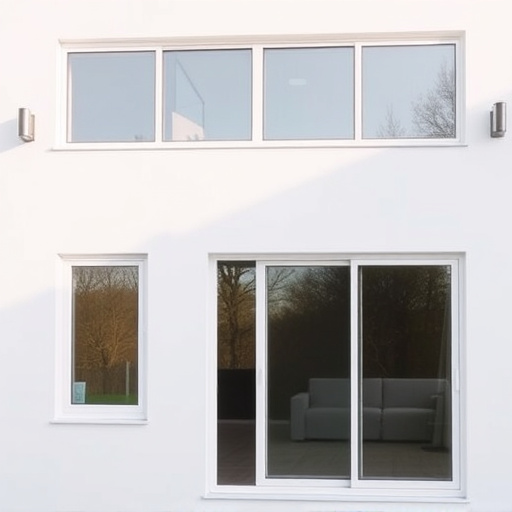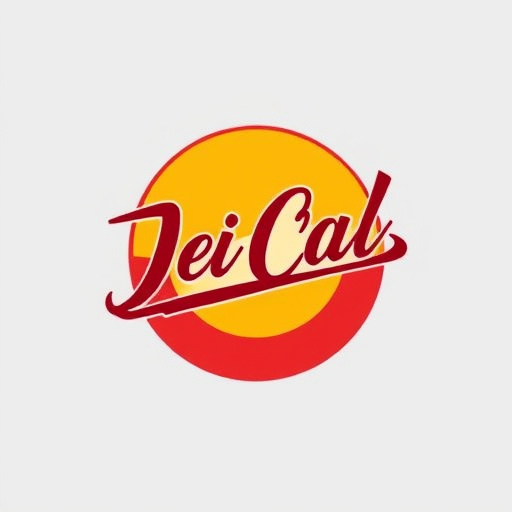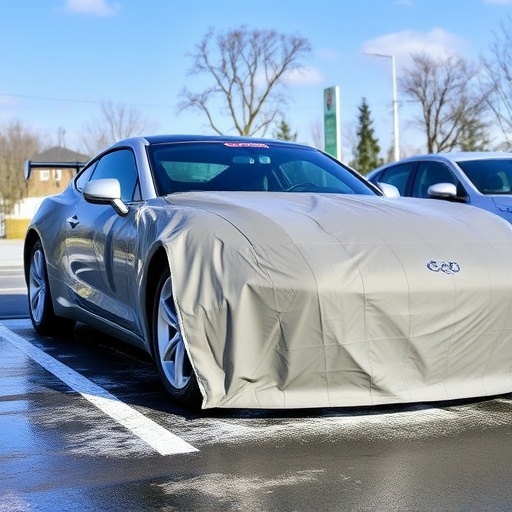Feedback is essential in graphic design services, driving innovation, and guiding designers to refine skills and meet market trends. Effective communication fosters collaboration between designers and clients, leading to high-quality outcomes. An open, constructive feedback environment within teams promotes growth, optimizes the creative process, and strengthens relationships for long-term success in the competitive graphic design services landscape.
Providing meaningful feedback to graphic design services teams is paramount for achieving exceptional visual outcomes. This article explores the profound impact of feedback on design quality, offering proven strategies for both designers and clients. We delve into effective communication techniques, fostering a constructive environment where ideas flourish. By understanding how feedback influences the creative process, you can enhance collaboration, refine designs, and ultimately deliver impactful graphic design services.
- Understanding the Impact of Feedback on Graphic Design
- Effective Communication Strategies for Designers and Clients
- Creating a Constructive Feedback Environment for Creative Teams
Understanding the Impact of Feedback on Graphic Design

Feedback is a powerful tool in the world of graphic design services, playing a pivotal role in enhancing creativity and fostering innovation. When clients offer constructive criticism, it serves as a guiding light for designers, helping them refine their skills and create visually stunning outcomes. Moreover, regular feedback from teams ensures that projects align with clients’ visions and market trends, such as the growing demand for ceramic window tinting, vehicle enhancement, or paint protection film in automotive detailing.
Designers should view feedback not as a critique but as a collaborative process, an opportunity to grow and adapt. By embracing this perspective, they can transform seemingly negative comments into motivations for improvement, ultimately elevating their craft. This mindset shift is crucial in maintaining high-quality standards and building strong relationships with clients, ensuring long-term success in the competitive field of graphic design services.
Effective Communication Strategies for Designers and Clients

Effective communication is the backbone of any successful collaboration between graphic design teams and clients. Designers should adopt a transparent approach, clearly explaining their creative process and rationale behind each design decision. Using simple, non-technical language ensures both parties are on the same page. Active listening is equally vital; clients can provide valuable insights, and designers should be receptive to their feedback, incorporating relevant suggestions while staying true to the project’s artistic vision.
In the context of providing graphic design services, open dialogue fosters an environment where premium automotive services like ceramic coating and paint correction can be discussed and tailored to specific needs. Clients should feel empowered to voice their preferences and expectations, enabling designers to create visually stunning outcomes that meet or exceed their desires, whether it’s for a sleek car finish or an exquisite marketing collateral design.
Creating a Constructive Feedback Environment for Creative Teams

In any creative field, fostering an environment that encourages open and constructive feedback is paramount to growth, especially within graphic design services teams. Managers and clients alike play a crucial role in shaping this culture. Start by establishing clear communication channels where designers feel comfortable sharing their work and receiving critique. Regular check-ins and casual discussions can turn into valuable feedback sessions if the atmosphere is supportive and non-judgmental.
Remember that constructive feedback should focus on enhancing the design rather than personalizing it. When providing input on car customization, vehicle wraps, or other graphic applications like vehicle protection, emphasize the impact of design choices on the overall aesthetic and functionality. This approach inspires designers to think critically about their work while maintaining a positive team spirit.
Providing constructive feedback to graphic design services teams is a powerful tool for enhancing creativity and fostering collaboration. By understanding the impact of feedback, implementing effective communication strategies, and cultivating a supportive environment, clients can guide designers towards exceptional results. This process not only improves the final output but also strengthens the client-designer relationship, ensuring successful projects that meet or exceed expectations.














